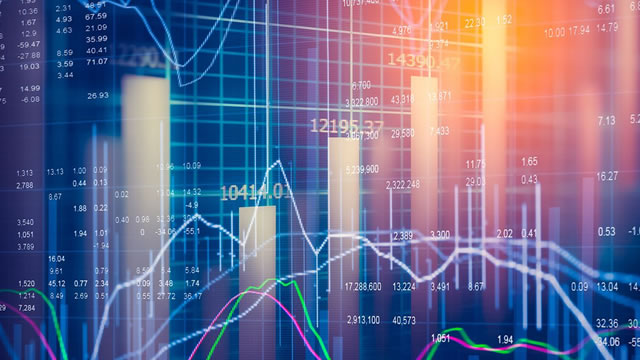The Euro’s Intraday Fluctuations: A Closer Look
The Euro, a major player in the foreign exchange market, has shown some interesting movements lately. It has managed to touch the target of 1.0930-50 on several occasions, keeping our earlier forecast intact. But what does this mean for traders and investors, and how might it impact the global economy? Let’s delve deeper into this intriguing topic.
The Euro’s Recent Performance
Over the Intraday chart, the Euro has been trading within a narrow range, bouncing between the support at 1.0850 and the resistance at 1.0950. This volatility is not uncommon for the Euro, as it often experiences fluctuations due to various economic and political factors. In recent times, the Euro has been influenced by the European Central Bank’s (ECB) monetary policy decisions, geopolitical tensions, and economic data releases.
Potential Correction Towards 1.0740-65
If the Euro fails to break above the 1.0950 resistance level, a correction could be on the cards. The potential downside targets for the Euro are around 1.0740-65. This level has previously acted as a strong support, and a break below it could signal a more significant trend reversal. However, it is essential to remember that currency markets are influenced by numerous factors, and these levels are not set in stone.
Impact on Traders and Investors
- Short-term traders: For short-term traders, these fluctuations can present opportunities for profit. If you believe the Euro will continue to trade within this range, you could consider opening a position based on the support and resistance levels. However, always remember to use proper risk management techniques.
- Long-term investors: Long-term investors might want to keep a close eye on the Euro’s movements. A significant trend reversal could impact their portfolios, depending on their Euro holdings.
Global Economic Implications
The Euro’s performance can have far-reaching implications for the global economy. For instance, a weak Euro could boost the Eurozone’s exports, making its goods more competitive in the international market. Conversely, a strong Euro could make Eurozone exports more expensive, potentially impacting its trade balance. Additionally, the Euro’s movements can influence other currencies and financial markets, creating ripples throughout the global economy.
Looking Ahead
As we move forward, it is crucial to stay informed about the Euro’s movements and the factors influencing its price. Keep an eye on the Euro’s economic indicators, geopolitical developments, and ECB’s monetary policy decisions. By staying informed, you’ll be better positioned to make informed decisions and capitalize on opportunities in the foreign exchange market.
In Conclusion
The Euro’s recent performance and potential correction towards 1.0740-65 can have significant implications for traders, investors, and the global economy. By understanding the factors influencing the Euro’s price and staying informed, you’ll be better prepared to navigate the intricacies of the foreign exchange market. Happy trading!





